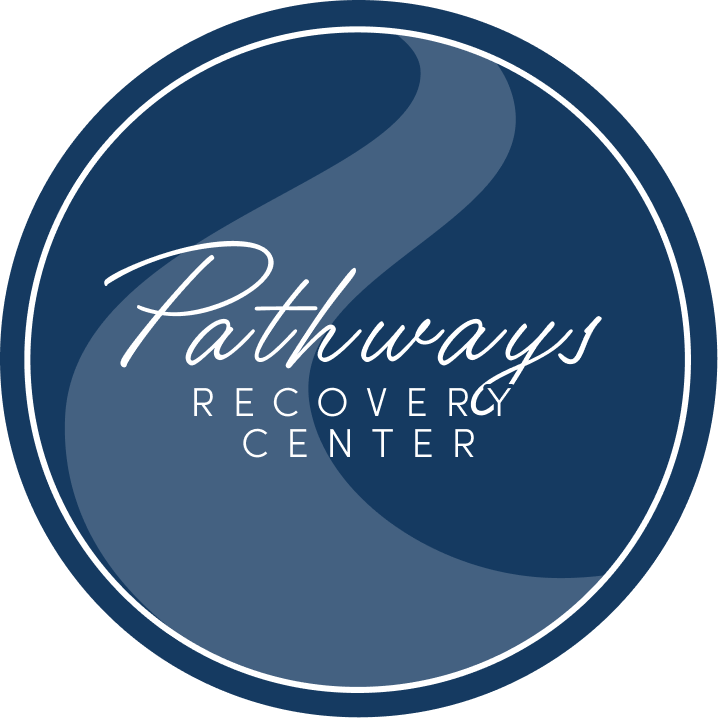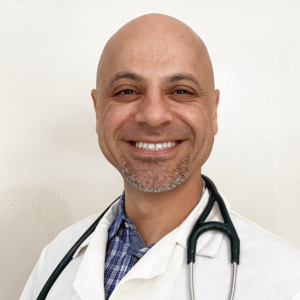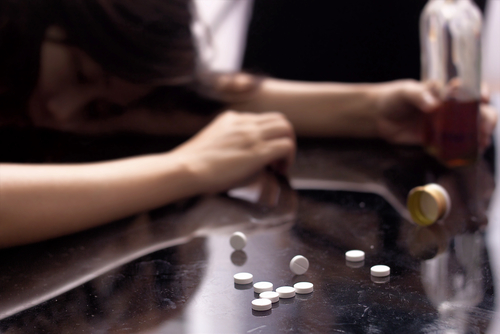Understanding the Lifesaving Medication in Opioid Overdose Emergencies
In the midst of America’s ongoing opioid crisis, Narcan (naloxone) has emerged as a critical tool in preventing fatal overdoses. At Pathways Recovery Center, we believe education about harm reduction tools like Narcan is an essential component of addressing substance use disorders. This blog post explores how Narcan works, why it’s effective, and its role in addiction treatment and recovery.
What is Narcan?
Narcan is the brand name for naloxone, a medication designed to rapidly reverse opioid overdose. It is available as a prepackaged nasal spray that requires no assembly and is sprayed into one nostril while the person lays on their back. This device can be easier for loved ones and bystanders without formal training to use. This accessibility makes it valuable for emergency use by first responders, family members, and community members.
How Does Narcan Work?
Narcan functions as an opioid antagonist, which means it blocks the effects of opioid drugs in the brain. Here’s the science behind how it works:
- Receptor Competition: Opioids like heroin, fentanyl, and prescription painkillers work by binding to opioid receptors in the brain and nervous system. In an overdose, these drugs overwhelm the receptors, causing respiratory depression (slowed or stopped breathing).
- Binding Action: Naloxone attaches to opioid receptors in the brain, and reverses and blocks the effects of other opioids. By binding to the opioid receptors, naloxone prevents other opioids in the bloodstream from binding to them. It is so strongly attracted to the receptors that it knocks other opioids off, which allows normal breathing to be restored if naloxone is given quickly enough.
- Blocking Without Activating: As an opioid antagonist, naloxone has no effect on someone who does not have opioids in their system, and it is not a treatment for opioid use disorder. It simply blocks the receptors without activating them.
- Temporary Effect: Narcan quickly reverses an overdose by blocking the effects of opioids. It can restore normal breathing within 2 to 3 minutes in a person whose breath has slowed, or even stopped, as a result of opioid overdose. However, naloxone works to reverse opioid overdose in the body for only 30 to 90 minutes. But many opioids remain in the body longer than that. Because of this, it is possible for a person to still experience the effects of an overdose after a dose of naloxone wears off. This is why medical attention is still necessary after administration.
For more detailed information about naloxone, visit the National Institute on Drug Abuse (NIDA) website.
Signs of Opioid Overdose
Recognizing an overdose is crucial for timely intervention. At Pathways Recovery Center, we educate our clients and their families about these warning signs as part of our comprehensive approach to addiction treatment. Key signs include:
- Unconsciousness or unresponsiveness
- Slow or shallow breathing or difficulty breathing such as choking sounds or a gurgling/snoring noise from a person who cannot be woken up
- Pinpoint pupils
- Blue or purple discoloration of lips and nails
- Limp body
- Cold, clammy skin
Administering Narcan
If you recognize the signs of opioid overdose, immediate action is crucial. For the nasal spray version of Narcan:
- If you think that someone is overdosing on an opioid or another substance, administer naloxone or another opioid overdose reversal medication (if available) and then call 911.
- Position the person on their back
- Insert the nozzle of the Narcan device into one nostril
- Press the plunger firmly to release the dose
- Try to keep the person awake and breathing. Lay the person on their side to prevent choking. Stay with the person until emergency assistance arrives.
Naloxone should work within two to three minutes of being administered. If the person has not responded after three minutes, another dose should be given.
For detailed instructions on recognizing and responding to an opioid overdose, visit the CDC’s Overdose Prevention page.
The Importance of Narcan in Comprehensive Treatment
While Narcan is a critical emergency response tool, it’s important to understand that it’s not a treatment for opioid use disorder. At Pathways Recovery Center, we view Narcan as part of a comprehensive approach to addiction that includes:
- Medically supervised detoxification
- Residential treatment programs
- Dual diagnosis care for co-occurring disorders
- Individual and group therapy
- Relapse prevention education
- Long-term recovery support
Access to Narcan
In March 2023, the U.S. Food and Drug Administration (FDA) approved Narcan (as a nasal spray) for over-the-counter use, which means a prescription is not required and people can buy it in pharmacies, stores, and perhaps even from vending machines. This increased accessibility is crucial given the prevalence of opioids and the risk of accidental exposure or overdose.
The cost of naloxone varies depending on where and how you get it, as well as your health insurance. People with insurance can check with their insurance company to see what the cost is, while individuals without insurance can check with their local pharmacies. Contact your local health department to learn about community programs that may provide naloxone for free or for a reduced cost.
For more information about the FDA approval of over-the-counter naloxone, visit the FDA website.
Help Is Available
Naloxone saves lives. From 1996 to 2014, at least 26,500 opioid overdoses in the United States were reversed by laypersons using naloxone. Understanding how it works and ensuring access to this medication is an important part of addressing the opioid crisis on both individual and community levels.
If you or a loved one is struggling with opioid addiction, remember that emergency interventions like Narcan are just the beginning. Comprehensive treatment programs, like those offered at Pathways Recovery Center, provide the support, therapy, and medical care needed for lasting recovery.
Need help with addiction? Contact Pathways Recovery Center today at 1 (877) 811-0488 for information about our evidence-based treatment programs in Los Angeles County.




